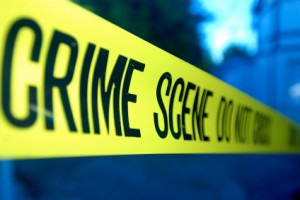What have you learned about crime scene management and evidence collection? Â Do the guidelines make sense to you? Â What steps do you think are the most important to secure the crime scene and minimize tampering/maximize evidence location?
I’ve learned that crime scene management and evidence collection is a bit of a tedious and meticulous process. But I’ve also learned that that meticulous process is essential to the investigation of a crime. It is crucial for law enforcement to keep the scene safe and undisturbed. In the event of a murder, the first thing that takes place is the first responders report to the scene of the crime. After deeming the area safe and clearing out all unauthorized personnel, they then designate a large radius of the crime scene for further investigation. While at the scene police will take, videos, sketches, photos, and detailed notes so they can better understand the crime and retrace the suspects steps. They may also collect any physical evidence like a shoe or perhaps a murder weapon.

The murder weapon, various pieces of DNA, and the victim are all key pieces of evidence to a crime. I think it is crucial to any criminal case that evidence is collected and that is collected in a correct manner. The more evidence there is against a suspect the easier it becomes to convict them, and there is always evidence left at the scene of a crime. That piece of evidence may only be the tiniest strand of hair from the criminal or the most insignificant splatter of saliva, but from that forensics experts are able to find criminals. It is nearly impossible to commit the perfect crime. Forensics experts are great at jumping on that one mistake criminals make, not matter how small or insignificant. By taking a set of specific steps a hardworking, careful, and efficient forensics team is able to nab any criminal.